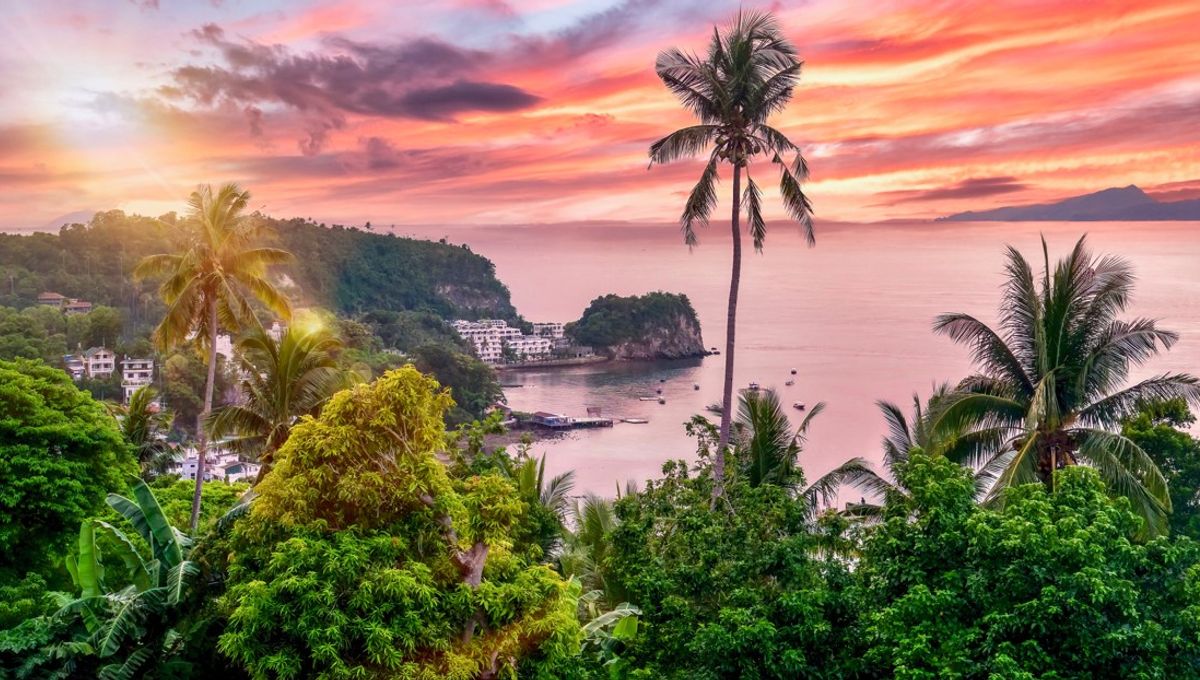
Around 35,000 years ago, the remote islands of the Philippines were colonized by a group of expert sailors, hunters, and fishermen, who were culturally and economically connected to other populations thousands of miles away. Based on archaeological discoveries on the island of Mindoro, a team of researchers has reconstructed aspects of these ancient seafarers’ lives, revealing that they had developed a number of ingenious strategies that helped them survive and flourish.
For example, spines belonging to the highly toxic porcupine fish – or diodontidae – were repeatedly found within some of these caves, indicating that the island’s early inhabitants probably extracted the toxin for use as a hunting weapon while consuming the edible parts of the fish. Meanwhile, obsidian flakes discovered at the sites may have been imported from Sulawesi or Melanesia, indicating how these prehistoric Mindorans made use of vast maritime networks of exchange spanning Wallacea and beyond.
Lying on a direct route between mainland Asia, Borno, and the major islands of the Philippines, Mindoro has never been connected to any other landmass and was therefore only accessible by boat when the first humans reached the idyllic isle. By dating the artifact-bearing layers of sediment within the caves, the study authors found evidence of human occupation going back 35,000 to 40,000 years.
As well as highlighting the nautical competence of these ancient colonizers, the finds also demonstrate their remarkable ability to exploit resources. For instance, bone fishing gorges and pebbles used as net sinkers provide evidence for fishing expertise, which is backed up by the remains of large pelagic fish – including sharks – within the caves. This suggests that people were fishing in the open ocean rather than just from the shore – and doing so with a huge amount of success.
On land, these prehistoric pioneers hunted wild boar, deer, bovines, reptiles, and an endemic species known as cloud rats. They also made tools from marine shells, seamlessly adapting to a new environment that lacked chert or flint deposits for making lithic utensils.
Adzes made from giant clam shells, for instance, are highly similar to those produced across Melanesia in the late Pleistocene, and their appearance on Mindoro may be further evidence for the existence of wide-reaching exchange networks.
Yet it wasn’t just material culture that was imported along these contact routes. Burial practices, such as those in which deceased individuals were placed in a flexed position and wedged between limestone slabs, also appear to have been brought to Mindoro from mainland Southeast Asia.
“Organised burials and burial rituals are seen as representation of belief systems, the concept of an afterlife and places for both the living and dead,” write the study authors. The discovery of a 5,000-year-old flexed burial in Mindoro, therefore, serves to underscore the cultural impact that these maritime networks had over an extended period.
The study has been published in the journal Archaeological Research in Asia.
Source Link: This Paradisiacal Island In The Philippines Had Advanced Maritime Culture 35,000 Years Ago